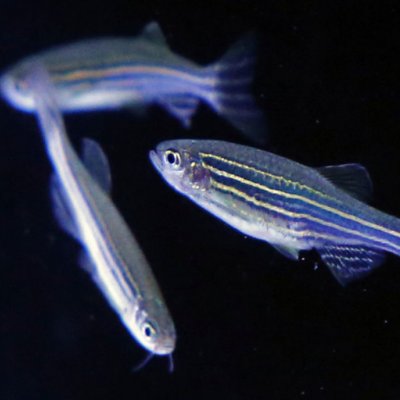A University of Queensland-led study has shown that expanding global seaweed farming could go a long way to addressing the planet’s food security, biodiversity loss and climate change challenges.
27 January 2023A tiny fish is helping scientists understand how the human brain processes sound, while also giving insight to autism spectrum disorder.
10 November 2020Two Australian Museum Eureka Prizes have been awarded to University of Queensland researchers for their outstanding discoveries in the fields of health and physics.
30 August 2018Three University of Queensland research projects have been named finalists in the 2018 Australian Museum Eureka Prizes.
25 July 2018How the zebrafish brain perceives and reacts to predators has been determined by researchers at The University of Queensland.
6 July 2018Advanced calcium imaging of zebrafish brains is helping University of Queensland researchers discover how sensory stimuli such as sights and sounds are integrated in the human brain.
26 February 2016A group of outstanding teachers has been recognised at The University of Queensland’s 2012 UQ Excellence in Teaching and Learning Awards ceremony tonight.
29 October 2012The natural transparency of young zebrafish has allowed neuroscientists to use light, much like we use a remote control, to turn on and off neurons that may be responsible for how we move our bodies.
5 October 2009


.jpg?itok=fkCNRpF8)


